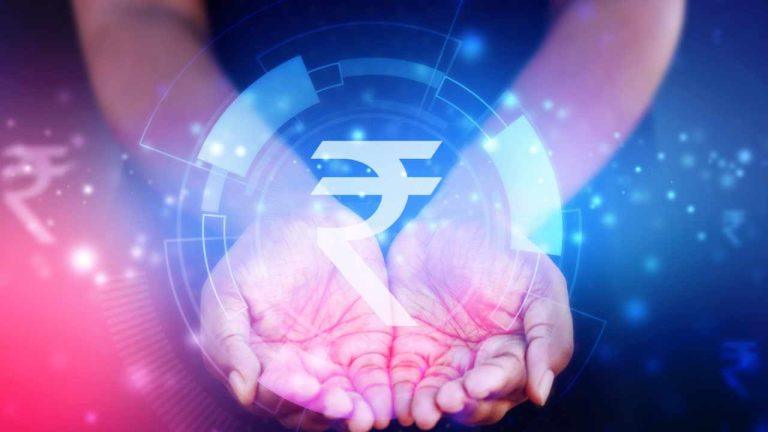 India’s central bank digital currency (CBDC), the digital rupee, has experienced a significant decline in usage, decreasing to a tenth of its peak in December 2023, according to sources involved in the pilot project. The Reserve Bank of India (RBI) initially reached 1 million daily retail transactions with the digital rupee by incentivizing banks and […]
India’s central bank digital currency (CBDC), the digital rupee, has experienced a significant decline in usage, decreasing to a tenth of its peak in December 2023, according to sources involved in the pilot project. The Reserve Bank of India (RBI) initially reached 1 million daily retail transactions with the digital rupee by incentivizing banks and […]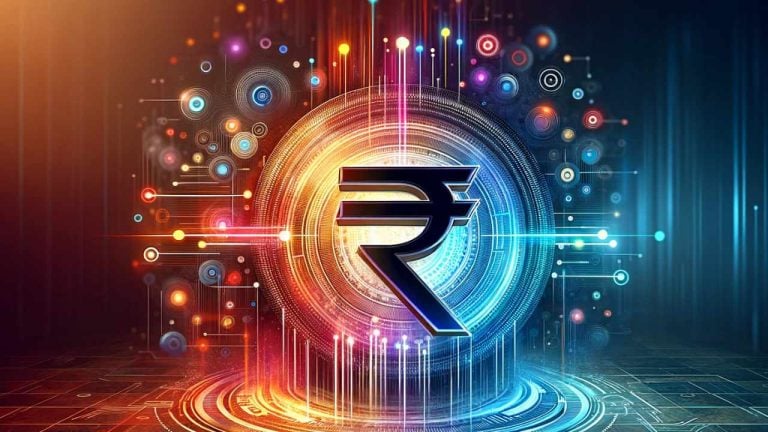 India’s central bank, the Reserve Bank of India (RBI), is in the process of making its central bank digital currency (CBDC) available without relying on internet access. RBI Governor Shaktikanta Das has emphasized the importance of ensuring the digital rupee’s ease of use. RBI Governor Updates Digital Rupee Progress During an event hosted by the […]
India’s central bank, the Reserve Bank of India (RBI), is in the process of making its central bank digital currency (CBDC) available without relying on internet access. RBI Governor Shaktikanta Das has emphasized the importance of ensuring the digital rupee’s ease of use. RBI Governor Updates Digital Rupee Progress During an event hosted by the […] India’s central bank has announced that it will enable non-bank payment system operators to offer central bank digital currency (CBDC) wallets. Noting that “necessary changes will be made to the system to facilitate this,” the Reserve Bank of India (RBI) said the initiative is expected “to enhance access and expand choices available to users.” Non-Bank […]
India’s central bank has announced that it will enable non-bank payment system operators to offer central bank digital currency (CBDC) wallets. Noting that “necessary changes will be made to the system to facilitate this,” the Reserve Bank of India (RBI) said the initiative is expected “to enhance access and expand choices available to users.” Non-Bank […] India’s central bank, the Reserve Bank of India (RBI), and the Central Bank of the United Arab Emirates (UAE) have agreed to collaborate on cross-border central bank digital currency (CBDC) transactions of remittances and trade. The initiative is “expected to reduce costs, increase efficiency of cross border transactions and further the economic ties between India […]
India’s central bank, the Reserve Bank of India (RBI), and the Central Bank of the United Arab Emirates (UAE) have agreed to collaborate on cross-border central bank digital currency (CBDC) transactions of remittances and trade. The initiative is “expected to reduce costs, increase efficiency of cross border transactions and further the economic ties between India […]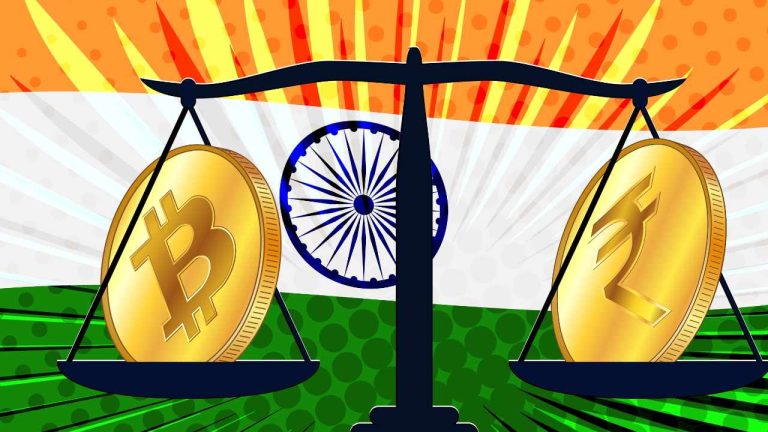 An official of India’s central bank, the Reserve Bank of India (RBI), says that the country’s central bank digital currency (CBDC) will act as an alternative to cryptocurrency. He stressed that the digital rupee must possess all the attributes of physical currency, including anonymity. India’s CBDC Update Reserve Bank of India (RBI) Executive Director Ajay […]
An official of India’s central bank, the Reserve Bank of India (RBI), says that the country’s central bank digital currency (CBDC) will act as an alternative to cryptocurrency. He stressed that the digital rupee must possess all the attributes of physical currency, including anonymity. India’s CBDC Update Reserve Bank of India (RBI) Executive Director Ajay […] India’s central bank, the Reserve Bank of India (RBI), has revealed that 50,000 users and 5,000 merchants are now using its central bank digital currency (CBDC). Digital rupee transactions are currently processed by eight banks, with five more banks set to join the pilot soon, said RBI Deputy Governor T. Rabi Sankar. Digital Rupee Now […]
India’s central bank, the Reserve Bank of India (RBI), has revealed that 50,000 users and 5,000 merchants are now using its central bank digital currency (CBDC). Digital rupee transactions are currently processed by eight banks, with five more banks set to join the pilot soon, said RBI Deputy Governor T. Rabi Sankar. Digital Rupee Now […]
Reserve Bank of India Governor Shaktikanta Das warned that if crypto becomes regulated and is allowed to grow, it could cause the next financial meltdown.
The governor of the Reserve Bank of India (RBI), Shaktikanta Das, did not mince his words when discussing the crypto sector at a recent conference, asserting that “private” crypto will be behind the next financial crisis.
Speaking at the Business Standard BFSI Insight Summit on Dec. 21, Das suggested that private crypto — those which are not issued by banks or governments — are backed by nothing and are purely tools for speculation.
"They have no underlying value. They have huge inherent risks for our macro economic and financial stability. I am yet to hear any credible argument about what public good or what public purpose it serves," he said.

Adding to those sentiments, Das went on to suggest that a full scale crypto ban in India would be the best approach moving forward:
“It [private cryptocurrency trade] is a hundred percent speculative activity, and I would still hold the view that it should be prohibited … because, if it is allowed to grow, if you try to regulate it and allow it to grow, please mark my words, the next financial crisis will come from private cryptocurrencies.”
Highlighting examples of such risk, the RBI head pointed to the recent FTX implosion led by the freshly extradited Sam Bankman Fried.
"I don't think we need to say anything more about our stand after the developments over the last one year including the latest episode around FTX," he said.
Such comments mark another instance in which a key figure in politics or finance has blamed the crypto sector for FTX’s collapse, with many U.S. senators in particular taking the chance to slam digital assets over the past few weeks.
Das, of course, spoke in much more favorable terms of Central Bank Digital Currencies (CBDCs), as he emphasized that the RBI is actively pushing to get its digital rupee off the ground.
"You will see in days to come more and more central banks will embrace digital currencies and India has been in the forefront of the digital revolution in the current century,” he said.
The RBI has historically had a frosty view on crypto and questioned its value on several occasions. Das’ latest comments show that the sentiment is only getting worse, as the bank had previously ranked the sector at the bottom of its list of systemic risks as recently as June.
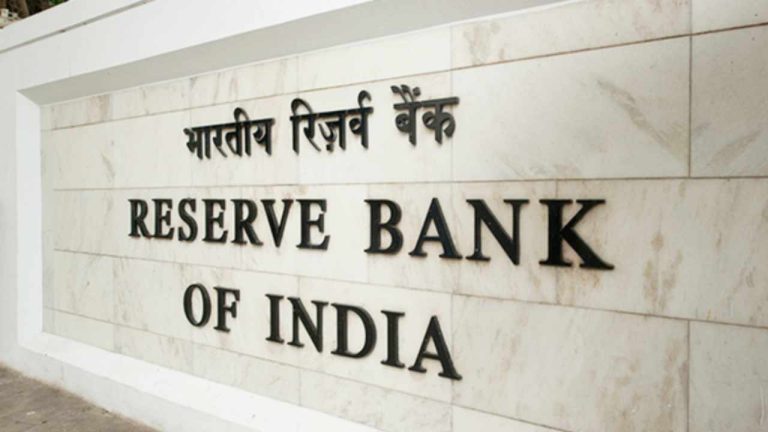 An Indian central bank official claims that if there is anything cryptocurrencies like bitcoin and ether can do, the Reserve Bank of India (RBI) should be able to create a product that will do the same job without the associated risks. “This is essentially what we are doing in the CBDC experiments,” he stressed. RBI […]
An Indian central bank official claims that if there is anything cryptocurrencies like bitcoin and ether can do, the Reserve Bank of India (RBI) should be able to create a product that will do the same job without the associated risks. “This is essentially what we are doing in the CBDC experiments,” he stressed. RBI […]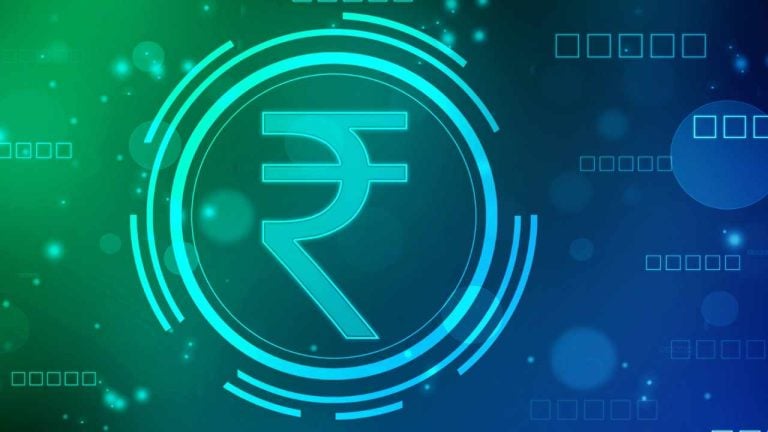 India’s central bank, the Reserve Bank of India (RBI), is launching its first retail digital rupee pilot on Dec. 1 with the participation of eight banks. The pilot will start in four cities and then expand to cover nine more cities across India. RBI Picks 8 Banks, 13 Cities to Test Retail Digital Currency The […]
India’s central bank, the Reserve Bank of India (RBI), is launching its first retail digital rupee pilot on Dec. 1 with the participation of eight banks. The pilot will start in four cities and then expand to cover nine more cities across India. RBI Picks 8 Banks, 13 Cities to Test Retail Digital Currency The […]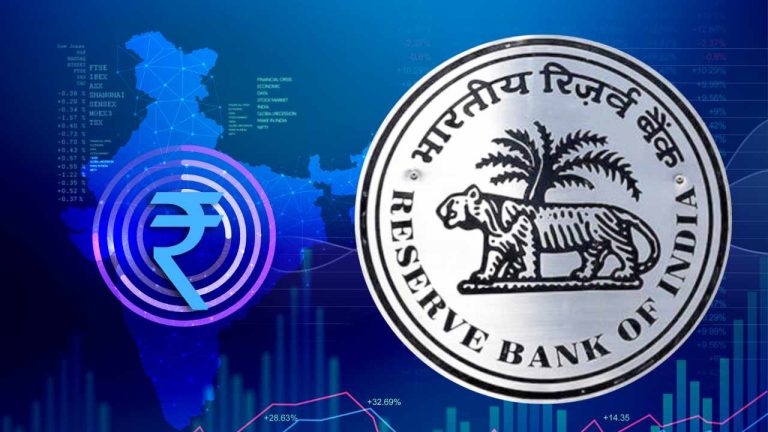 India’s central bank, the Reserve Bank of India (RBI), says it will soon commence “limited pilot launches” of the country’s digital currency (digital rupee) for specific use cases. The central bank explained that “multiple technological options shall be tested and based on the outcomes, the final architecture shall be decided.” RBI Prepares to Launch Digital […]
India’s central bank, the Reserve Bank of India (RBI), says it will soon commence “limited pilot launches” of the country’s digital currency (digital rupee) for specific use cases. The central bank explained that “multiple technological options shall be tested and based on the outcomes, the final architecture shall be decided.” RBI Prepares to Launch Digital […]